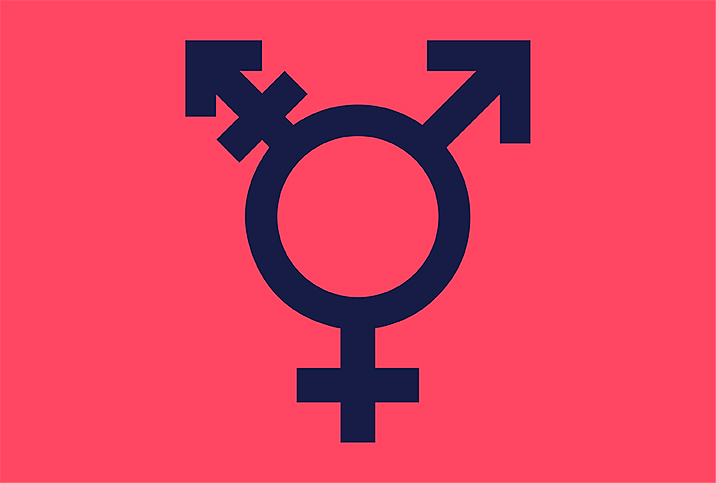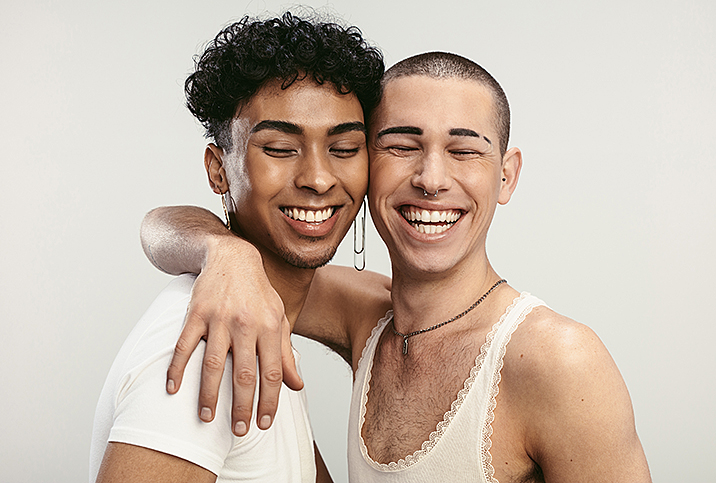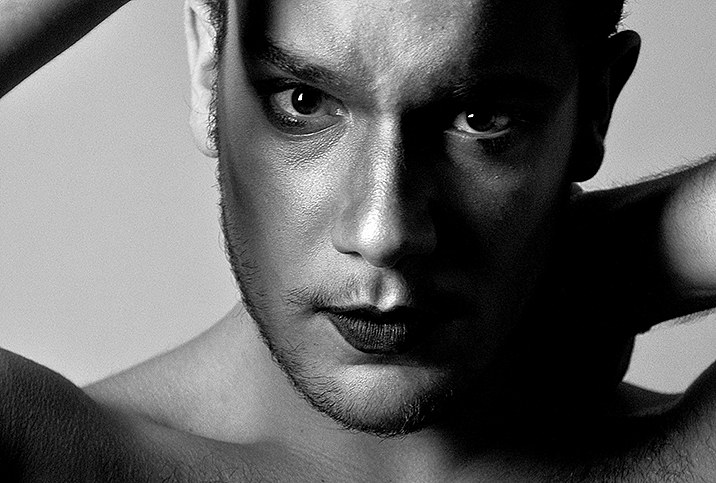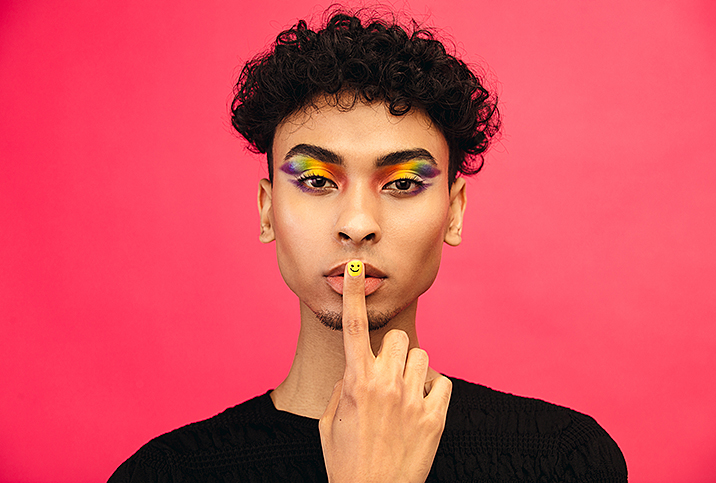How I Navigated the First Months of a Transition

If you’re one of the estimated 1.4 million Americans who identify as transgender, you’ve probably considered physical transition at some point.
The degree of transition that transgender individuals consider varies widely from person to person. For some, it could mean adopting, or eschewing, makeup. Others might consider a new wardrobe. Plenty will consider hormone replacement therapy, the process in which people take hormones and hormone blockers to adopt different sex characteristics.
If that sounds exhausting, I can assure you, it is. Most people are comfortable enough with the gender they were assigned at birth and they don’t need to think about these scenarios. However, if you’re not comfortable with the gender you were assigned at birth and you do think about these options, deciding how and when to take the plunge can be the most daunting decision you’ll make in your life.
As scary as it may seem, though, there are plenty of ways to make the earliest months of your transition as smooth as possible.
Defining transition
What transition means is different for each person and largely depends on their individual goals. For me, transitioning meant beginning hormone replacement therapy (HRT).
Transgender people who take estrogen experience, among other changes, breast development, reduced hair growth and body fat redistribution that results in a more feminine figure. Transgender people who take testosterone will experience more or less the opposite changes.
However, hormones are not the be-all, end-all of transition. What’s ultimately most important is to spend time figuring out which goals, once attained, will result in a happier, more comfortable you. It’s also OK to change your mind. This is a learning process, and learning more about yourself is never a bad thing to do.
Getting started
Once you’ve decided on the next steps you’d like to take, it’s time to put your plan into action.
Since I’d decided on medical transition, I found a clinic in my area that specializes in trans health care. Such facilities are ideal for finding a primary care physician, but a local Planned Parenthood organization will work as well. Other inclusive doctors and practices can be found if you search online.
At my first appointment, I brought a list of personal transition goals and discussed them with a nurse practitioner. She was able to start me on a dose of estrogen that day, and she made herself available to answer questions and make medication adjustments throughout the week. She also recommended nearby clinics for everything from plastic surgery to laser hair removal, as well as resources to legally change my name.
After that, it was simply a matter of taking my meds on time and getting semi-regular bloodwork to make sure everything was in order. In the meantime, I spent my days watching makeup tutorials on YouTube and slowly updating my wardrobe.
None of the process felt like it was going smoothly. All those hormonal changes affected my mood significantly, and left me alternately crying, irritated and overly affectionate. Some days, I felt sexy and confident, while others I felt bloated and freakish. My sex drive plummeted. And when I switched to injectable estrogen, I developed a newfound fear of needles.
After a month or two, I finally fell into a rhythm that became comfortable. I learned to get a handle on my emotions and accept these changes for what they were: changes.
Keep going
Where your transition ends up will almost certainly be different from mine. No two trans people are alike. Obviously.
What’s most important is staying in touch with yourself and being honest about how your changing body makes you feel. This is your decision. Other people may have their own ideas about what your transition should look like, but only you inhabit your body.
Do your best not to let anyone get in the way of your own comfort. Above all, make sure to stay true to your intuitions—you know what you want better than anyone else. Trust in that.


















